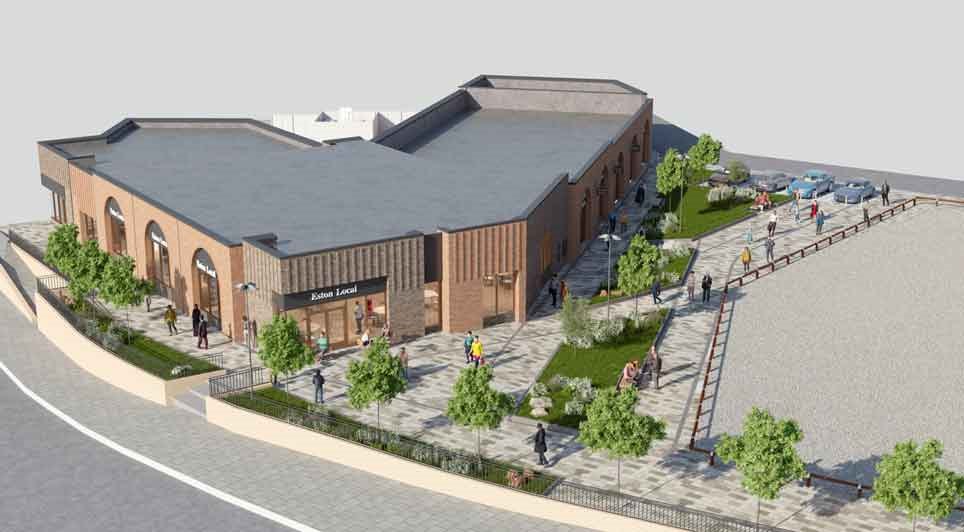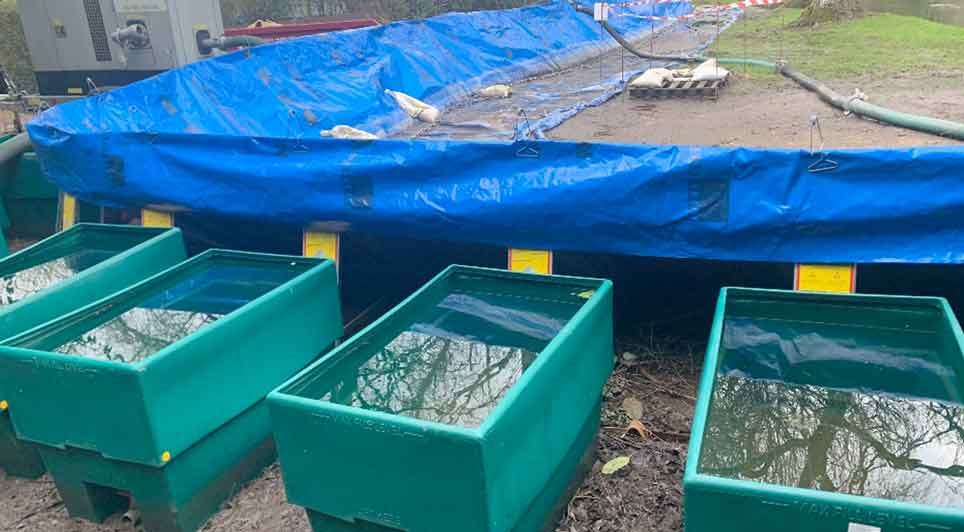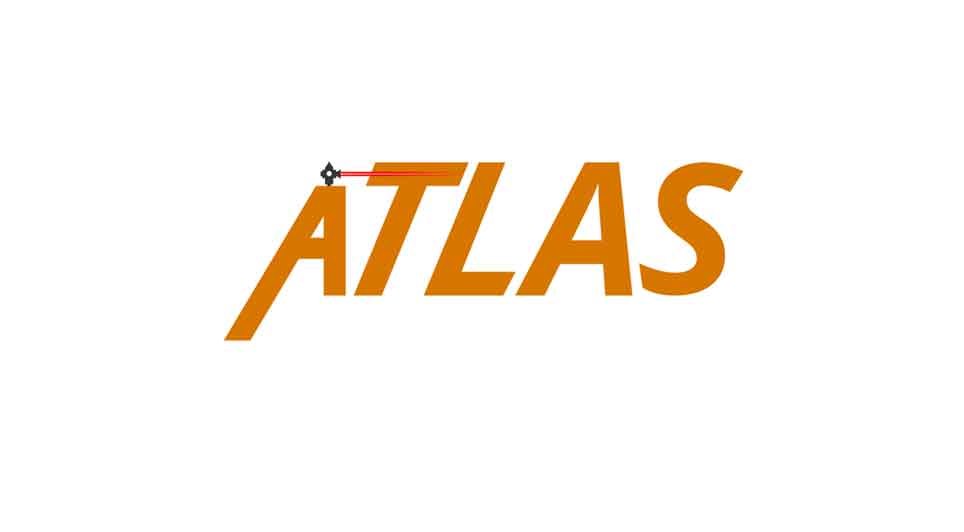Why all the paper?
As a practising health and safety professional and CDM co-ordinator it continues to confound Callsafe Services Limited as to organisations’ and construction projects’ preoccupation with paperwork and the desire to preclude any liabilities.
Callsafe Services Limited has been providing advice, assistance and training to our clients, and our clients’ projects, for nearly 25 years. Our clients have included many central and local government organisations, as well as private industry clients, designers and contractors.
The following article expresses the concerns of Callsafe Services Limited with the application of the Construction (Design and Management) Regulations 2007 (CDM), its Approved Code of Practice, L144, Managing health and safety in construction, and what could be considered to be best practice, with, where possible, suggested improvements to the way construction project health and safety is managed. We concur with the findings of Professor Ragnar Löfstedt, and presented in his report, that the CDM regulations are generally useful and proportionate, but that the application of the regulations on projects are not universally either useful or proportionate. The author’s words, rather than Professor Löfstedt’s.
Our first concern is the method of competence assessment still applied within the industry, based on the requirements L144, Appendix 4. If the elements of Appendix 4 are all questioned and answered as part of a particular project’s procurement, the effort and paper required to achieve this is extraordinary. It is accepted that competence is an essential element of effective health and safety management, but why are many organisations still preferring to utilise their specifically developed assessment systems rather than using industry accreditations, as exemplified by ‘Safety Schemes in Procurement’ (SSIP)?. SSIP only addresses stage 1 of the Appendix 4 competence assessment, but this is the most difficult part of the assessment with regards to effort, cost and paper. If SSIP accreditation is accepted by the majority of procuring organisations we will all be able to concentrate on the specific project issues, such as the competence of proposed personnel to the project and the resources allocated.
The continuing reliance on documents is demonstrated clearly by the methods used to disseminate the pre-construction information (PCI). Most projects still produce the PCI as a document to accompany the contractors’ tender documents. It is the author’s belief that this does not comply with the PCI requirements of CDM. This is because the PCI is not only required to inform the contractors, it is also required to inform the designers and design.
This lack of focus on what is necessary was demonstrated on a ‘design & build’ project for which Callsafe Services Limited was appointed as CDM co-ordinator. The principal contractor had been involved in the project planning and design from commencement of detailed design, but still requested a PCI document prior to him producing the construction phase plan (CPP). The principal contractor, after some discussion, agreed that he did not need a PCI document, as he already had in his possession all of the information. If tenders are being prepared, a PCI document still makes sense, but if the project delivery team are all in place at an early stage in the project, e.g. with early contractor involvement (ECI), a document/information register, with distributions, would make more sense and would actually be useful.
It is also unfortunate that many of these PCI documents contain much ‘generic’ information, and not enough project/site-specific information. Many of these documents contain many pages, sometimes plus 100 pages, which makes it very difficult to extract the important information from that which is already known by competent designers and contractors.
The Approved Code of Practice, L144, is not clear as to the uses of the PCI, as it states in paragraphs 55 and 56 that the PCI must be provided to designers and contractors who may be bidding for the work (or who they intend to engage). If an amendment to the Approved Code of Practice is to be made, this could usefully be clarified to include ‘all designers and contractors tendering for the work or working on the project’.
Designers are producing many and varied ‘design risk assessments’, ‘design risk registers’, ‘design hazard inventories’, and many other varieties of paper evidence of their compliance with the designers’ duties under CDM. The question has to be asked as to why they are doing this? The regulations do not require these documents to be produced, only that the designers should supply information to any person affected about the design, the significant residual risks, the designers’ assumptions and any difficulties associated with materials specified, subsequent to attempting, so far as reasonably practicable, to eliminate and reduce risks by their design decisions. Most of this documentation is produced to be able to demonstrate to anyone criticising the design or attempting to prosecute or sue the designer that they have considered the risks. This is understandable, and the documents can be useful when performing design co-ordination and design review, although it is suggested that they could be simplified and made more useful. The other questions relating to the designers’ duties are why so many aspects of the design are incorporated just because they had been used before; and the extent to which designers have to inform competent contractors of significant risks remaining? Do we really need to inform the competent contractor that falling 5 metres is likely to cause harm?
It is incumbent on ALL designers to co-operate with, and co-ordinate their designs with, other designers. This not only applies between the permanent works designers, but includes temporary works designers. Client procurement arrangements must allow this design co-operation and co-ordination to take place, e.g. where there is a design interface the designers of that interface need to be working on the project at the same time, or at least with an overlap.
David Carr, PgD, FIIRSM, DipSM, RFaPS, Registered Consultant
Callsafe Services Limited, Yardley House, 11 Horsefair, Rugeley, Staffordshire. WS15 2EJ
enquiries@callsafe-services.co.uk
www.callsafe-servcies.co.uk
Construction News
31/07/2012
CDM, Paperwork & Competence

04/07/2025
JV North has announced the list of contractors and consultants appointed to its £500 million social housebuilding framework, which aims to deliver around 3,000 homes across the North West over the next four years.
The housing consortium, which includes 14 members, launched the procurement process i

04/07/2025
Work has officially started on preparing Eston Precinct for demolition, marking the first step in a major regeneration project led by Redcar & Cleveland Borough Council.
Esh Construction has been appointed to deliver the scheme, which will begin with the safe removal of asbestos and the soft strip

04/07/2025
The Secretary of State for Energy Security and Net Zero hasgranted development consent for the Mona Offshore Wind Farm.
The scheme, located in the Irish Sea, will deliver approximately 1,500MW of clean energy capacity and forms part of the Round 4 Offshore Wind Licensing Arrangements. The applicati

04/07/2025
The restoration of Chatham’s iconic Brook Theatre is officially underway, with the appointment of contractors to carry out the £21 million transformation of the 125-year-old building.
Originally opened in 1899 as Chatham Town Hall, the Grade II listed Renaissance-style landmark has served the commu

04/07/2025
Work to upgrade a flood-prone section of Stockbridge Road in Timsbury is set to begin later this month, as part of a joint project between the Environment Agency and Hampshire County Council to improve local flood defences.
Starting on 28 July, the five-week scheme will deliver vital improvements a

04/07/2025
Oldham's town centre regeneration has taken a major step forward, with planning consent now granted for all six sites earmarked for transformation through the partnership between Muse and Oldham Council.
The approval represents a significant milestone in the long-term vision to create a vibrant, in

04/07/2025
As temperatures soared during this week's heatwave, euroloo's innovative EcoWelfare units proved to be a game-changer on construction and outdoor sites across the country.
Designed with comfort and sustainability in mind, these multi-functional welfare units offer everything teams need to stay pro

04/07/2025
Atlas Site Engineering, a trusted name in precision setting out and site engineering services, continues to support the construction industry with expert solutions ranging from small residential extensions to multi-storey high-rise developments.
With a reputation for accuracy and reliability, Atlas

03/07/2025
Associated British Ports (ABP) has submitted a reserved matters application for 103,000 sq ft of speculative industrial and logistics space at Helm @ Immingham.
This marks the first phase of development at the 227-acre site.
The scheme will deliver a range of purpose-built units from 4,820 sq ft

03/07/2025
First Choice Homes Oldham (FCHO) is set to begin a major new phase of energy efficiency upgrades this month, with a £6.1 million investment aimed at improving 645 homes across the borough.
Starting 14 July, properties in Abbey Hills, Roundthorn, Shaw, and several estates in Chadderton will receive
 UK
UK Ireland
Ireland Scotland
Scotland London
London











